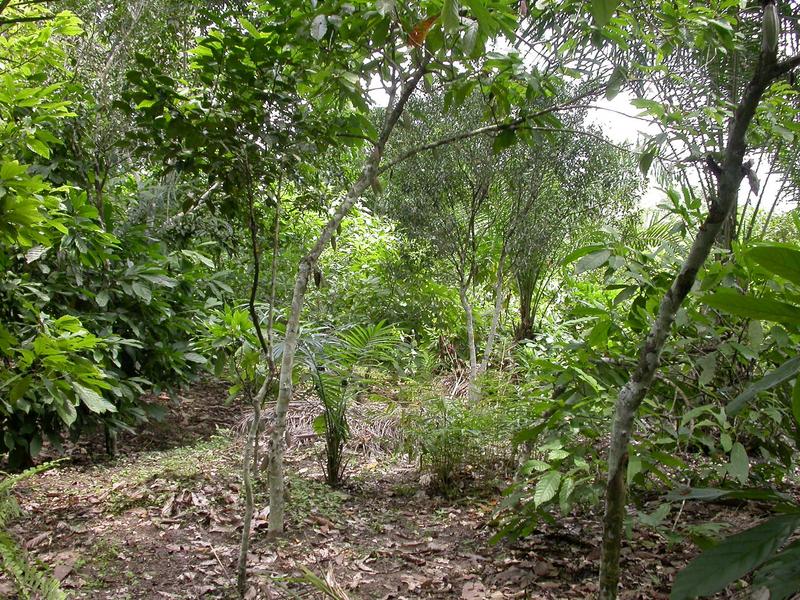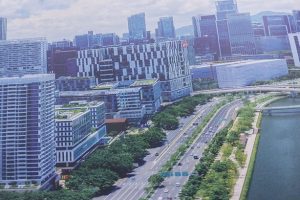
BY TSEGAYE TILHAUN
Most of the efforts that have been recently carried out on plant seedlings are protection and conservation.
Speaking to The Ethiopian Herald, Bitew Shibabaw, Forest Development Director General at Environment, Forest and Climate Change Commission (EFCCC) most the activities taking place are conservation, watering and protection of seedlings.
The effort is well underway as the whole communities’ involvement as well as understanding has been increasing time to time. Feeding compost, assessment, assigning the owner for planted seedlings and others are the main current activities. As a result, the survival rate of seedlings is improved compared to previous years.
According to the Director, as forest development has a potential contribution for job creation and income generation, it has been becoming a source of employment for local communities across the country especially in rural areas.
The job creation and income generation of the forest sector starts from collecting and selling of seeds to the production and marketing of forest products through various market chains.
The sector’s benefits extend from production to end use of wood products by different stages of processing and marketing chains. It has been becoming the main source of employment and income for both rural and urban communities. Sustaining the sector is important for countries like Ethiopia whose population is high. It supports the country’s economy not only allowing income generation and employment for communities especially youths, but also it serves/benefits as a home for honey bees, source of tourism attraction, animal feed among others, he said.
“In the future, the forest development sector is the main priority area for government and partners as it engages high numbers of people/manpower in multiple processing and production chains.
It is a hope for Ethiopia’s economic development.” Currently, some areas of the country have been benefiting from it by generating high revenue.
The participation of the communities in the seedlings plantation campaign has been increasing time to time. It should be continued in seedling conservation and protection the same to the seedling campaign. The intensive effort is helpful to realize green initiative campaigns in all activities.
Since the involvement of communities intensified, privately or individually planted seedlings have been showing better survival rates than others. This shows that the protection participation and conservation effort of each individual is encouraging, even if its success will be announced next winter in an organized way, Bitew noted.
Since the recent years, the government has been taking aggressive measures towards climate change through its green legacy initiative campaign. To realize the green legacy initiative campaign, it needs the collaboration and financial and technical support of its stakeholders and partners.
As part of it, national institutions have been supporting and working in collaboration with the commission to mobilize the community, speed up the activity, save budget, utilize the community’s knowledge and skill as well as assembling resources. As a result, we have got an input for future activities. So strengthening collaboration of stakeholders and partners is vital.
In addition to local support and collaboration, several international organizations have been providing various financial and technical supports to strengthen green economy development initiatives. For instance, Norway and Germany have a positive response.
Ethiopia’s commitment to realize sustainable development goals (SDGs) is contributing for climate change mitigation. Ethiopia can achieve the 2030 plan of EDGs if the sector’s challenges are addressed, he pointed out.
According to the Director, there is a need for wide communal preparation and involvement for the next plantation of seedlings. Strengthening green economy development initiative in terms of finance, human resource as well as input supply is important to address the problems and fill gaps.
Ethiopia’s forest products demand has been increasing especially in urban areas.
To fulfill the demand of the community and restore deforestation, it needs the coordinated efforts of all stakeholders as it gives various advantages to the youth, climate change, employment and income generation.
Moreover, strengthening the involvement of the private sector as well as international partners will contribute much to the effort. Allowing the private sector to participate widely in the sector is also major.
Forest development or tree plantation can play a critical role for country’s to adapt to a climate resilient green economy and minimize global carbon emission. The massive plantation of seedlings is believed to contribute towards creating a climate resilient economy. In this part, Ethiopia has been carrying out its responsibility by applying a national green legacy program, he stated.
As part of its green legacy strategy, in the last Ethiopian fiscal year, the country has planted five billion tree seedlings by mobilizing communities. Recently, the Environment, Forest and Climate Change Commission held a discussion on the conservation and protection of seedlings that were planted in 2020 and to evaluate preparations for the next summer plantation with stakeholders.
During the discussion, Prof. Fekadu Beyene, Commissioner of Environment, Forests and Climate Change said that considering the multifaceted effects of deforestation and climate change, a national green legacy program has launched since 2018 to strengthen green economy development. This shows Ethiopia’s commitment to
discharge its responsibility for global climate change.
The green legacy initiative helps to prevent natural and manmade disasters such as droughts, floods among others. For 2021, Ethiopia has been working to make more accessible seedlings not only to Ethiopia, but also to neighboring countries. It has planned to plant six billion seedlings, of which one billion for neighboring countries.
According to the Commissioner, green legacy initiative will improve the country’s existing forest coverage and promote forest resource development and knowledge. As a result, the government has been able to implement a national seedling campaign program with the full participation of the community.
As a result, more than nine billion forest and vegetable seedlings have been planted in the last two years. Ethiopia is working devising a development strategy to mitigate the negative effects of climate change and reduce vulnerability. Considering the importance of forest development to ensure national development will bring tangible successes in the future, he added.
The proper development of forests contribute to social prosperity adding he said past years’ should be taken as an example for future activities. It has been working to increase the country’s forest coverage from 15.5 percent in 2018 to 30 percent by 2030. To achieve it, the effort needs continuous public campaigns.
Despite the encouraging and positive developments so far, there are still gaps that need to be overcome, it stated.
The Ethiopian herald January 3/2021





